One of the most intimidating aspects of cooking Indian food is the vast array of spices used both whole and ground, which are frequently combined into complex spice mixes. However, we've discovered that once people can identify and understand the spices we use, they realize this cuisine isn't so difficult to prepare after all.
Here are some of the most important spices we use when cooking Indian food, as well as how we use them!
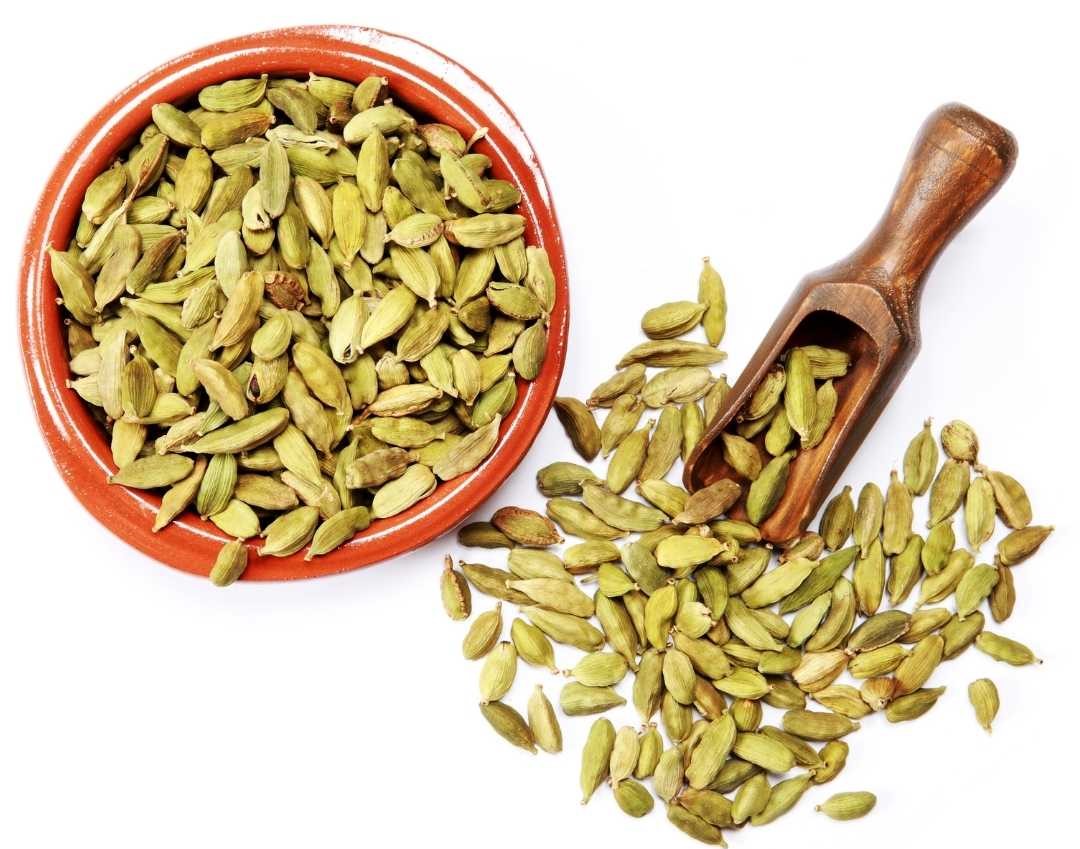
In Indian cooking, there are two types of cardamom: green and black. The most common color is green, which is used in everything from spice mixes to lassis to Indian desserts. The flavor is light and sweet, with a slight hint of eucalyptus. When making spice mixes like garam masala, green cardamom can be blended whole; however, when using it in sweets or desserts, open the pod and lightly crush the fragrant black seeds before using.
Black cardamom, on the other hand, is extremely potent and smoky and should be used with extreme caution. Normally, only the seeds are used, and if using the entire pod, remove it before serving the dish, as it can be very spicy to bite into.
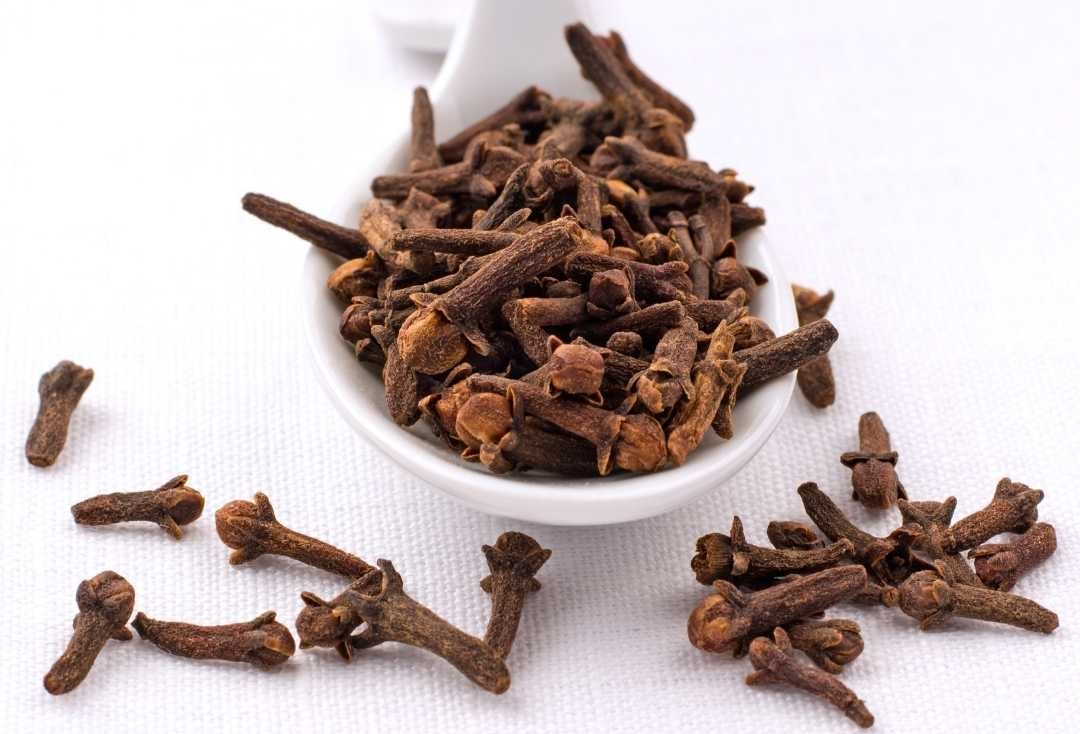
Cloves are the aromatic flower buds of the Myrtaceae tree Syzygium aromaticum. They are indigenous to Indonesia's Maluku Islands and are often used as a spice, flavoring, or aroma in consumer products such as toothpaste, soaps, and cosmetics.
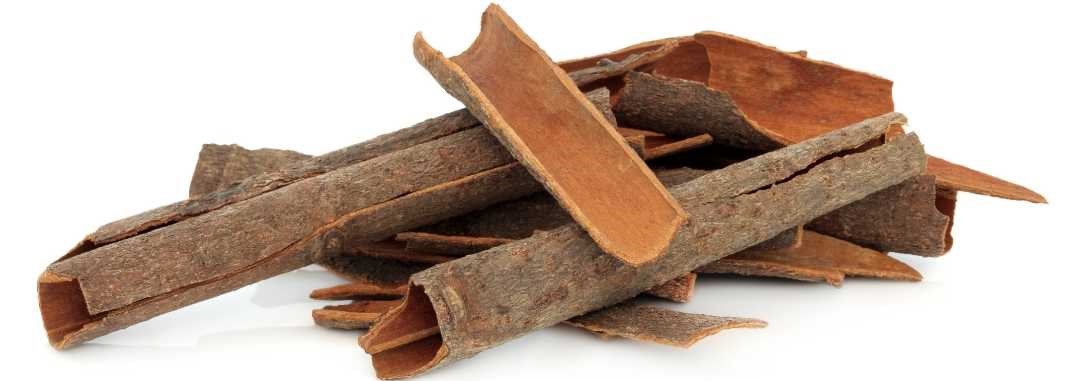
Cassia bark is a unique spice. It is a genus of the cinnamon tree that is also known as Chinese cinnamon. Cinnamon differs slightly from cassia and is usually distinguished by the term "true cinnamon." Cassia is less expensive to produce, and cassia bark is used to make the majority of ground cinnamon. Cassia is used in place of true cinnamon in Indian cooking because it has a milder flavor and can be used in larger quantities.
Cassia can also be ground or used whole in spice blends. It is easily identified by its rough, tree bark-like texture, and the best way to test for freshness is to rub it a little between your fingers. If you can detect a cinnamon scent, the bark is fresh. When substituting cinnamon for cassia, use less because true cinnamon has a stronger flavor.
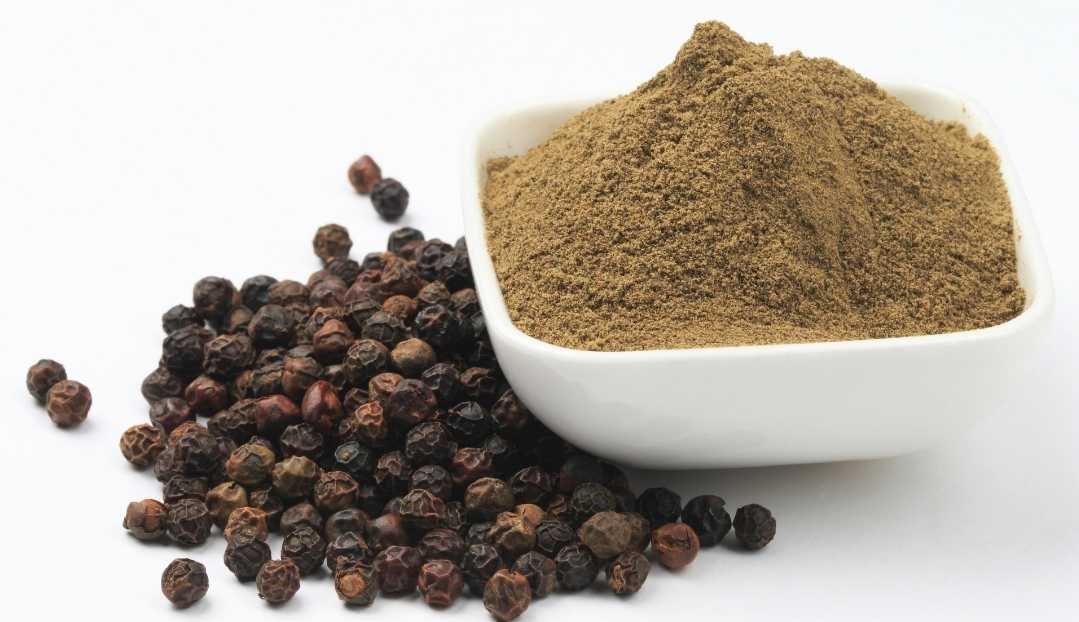
Black pepper is native to India, specifically in the Western Ghats and the Malabar region. It is a surprisingly difficult spice to grow because it is dependent on many natural cycles, such as a certain amount of rainfall, which is why fresh pepper prices vary so much. Black pepper, like most spices, needs to be toasted before blending. Fresh black pepper, on the other hand, can be ground directly into dishes for the best flavor.
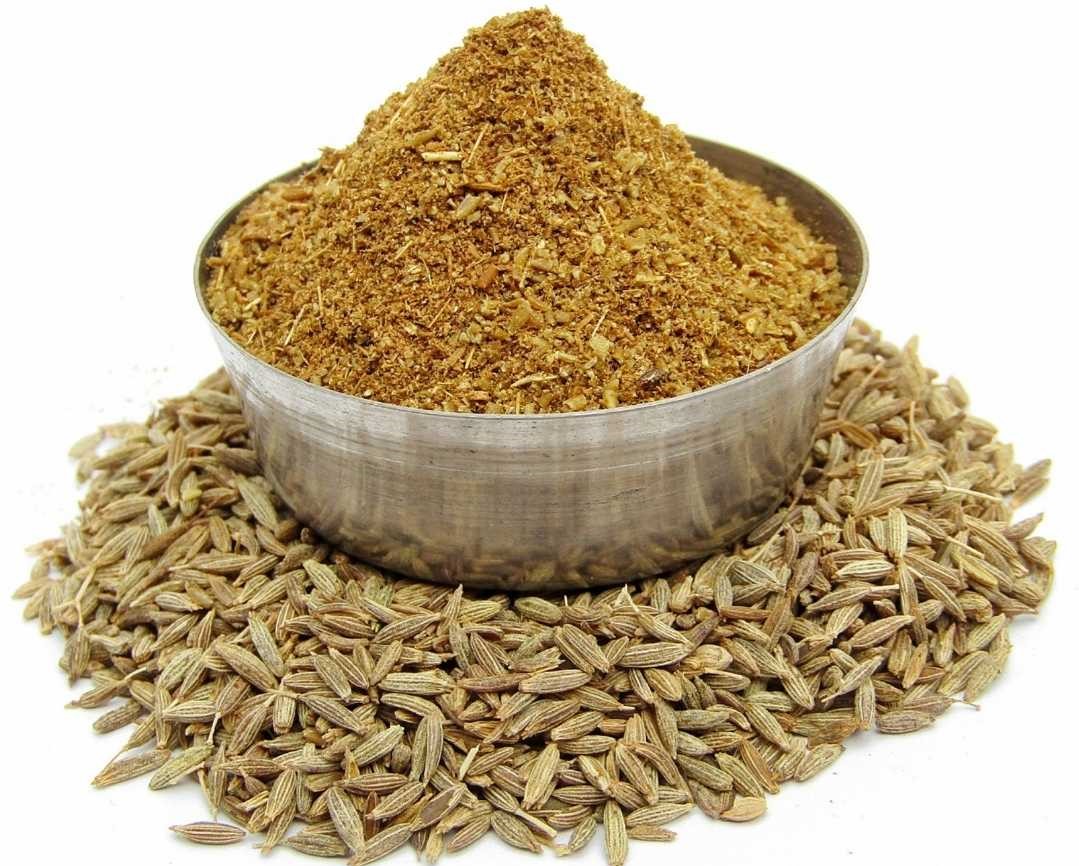
Cumin is frequently used whole and in spice blends to add a distinctive smoky note to Indian dishes. It is distinguished by its distinctive ridged brown seeds and strong fragrance. It is sometimes confused with fennel, caraway, and anise seeds, but the color (brown, as opposed to green fennel) and flavor distinguish it (smoky, as opposed to a stronger licorice taste).
For the most intense flavor, use freshly ground cumin. One thing to remember when dry-roasting this spice is that it burns easily, and burnt cumin tastes bitter and will be very noticeable in your dish. Toast this spice for about 30 seconds, or until your nose picks up a whiff of smoke and fragrance, and then cool before blending into mixes.

Coriander is probably the most common spice in an Indian spice cabinet. It is one of the world's oldest spices, distinguished by its golden-yellow color and gently ridged texture. The seeds have a strong citrus aroma. Ground coriander is one of the most commonly used ground spices in Indian cuisine, and whole coriander is used as a base for many spice mixes. It, like cumin, must be dry-roasted until the seeds have a light golden-brown tinge and begin "dancing" and popping in the pan.
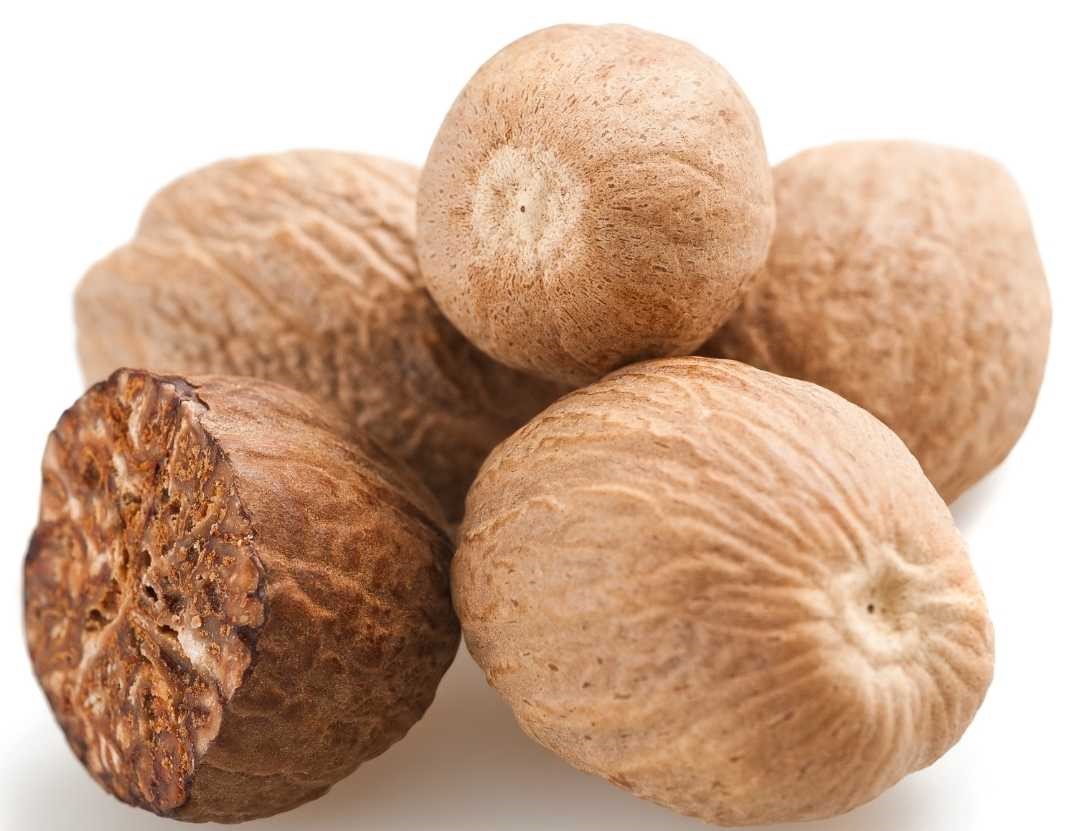
Nutmeg & Mace, two of my favorite spices, are frequently used in Indian cooking. Mace is the nutmeg's dark-red outer covering. The pulpy outside of fresh nutmeg is removed, and the mace is slid off. Before grating, the tough outer covering must be cracked off.
Mace turns golden-orange when dried, adding hints of warm flavor. Nutmeg lasts almost indefinitely once dried, so buy it whole and grate it as needed into your dishes. I rarely use ground nutmeg because it is one of those spices whose flavor degrades quickly once ground. Nutmeg should not be toasted before blending into spices because toasting destroys its delicate flavor.
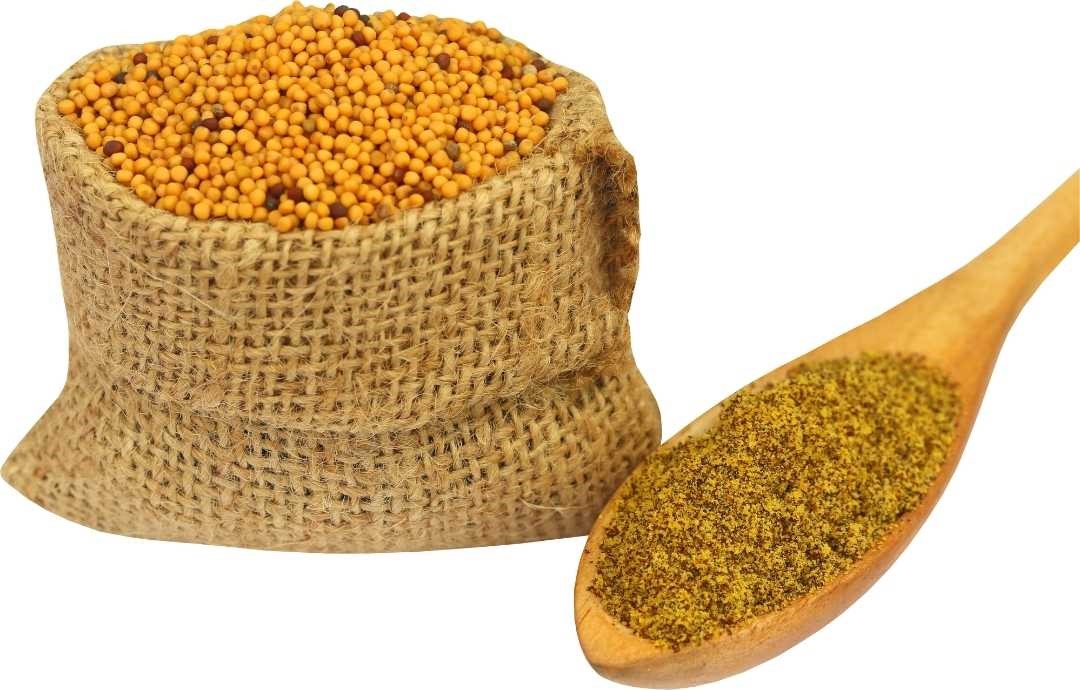
Mustard seeds are used interchangeably in Indian cooking and can be yellow, black, or brown. When mustard seeds are crushed or cooked in oil, their flavor is released. Their smoky, nutty flavor is common in curries and curry powders, and mustard oil is popular in northern India.
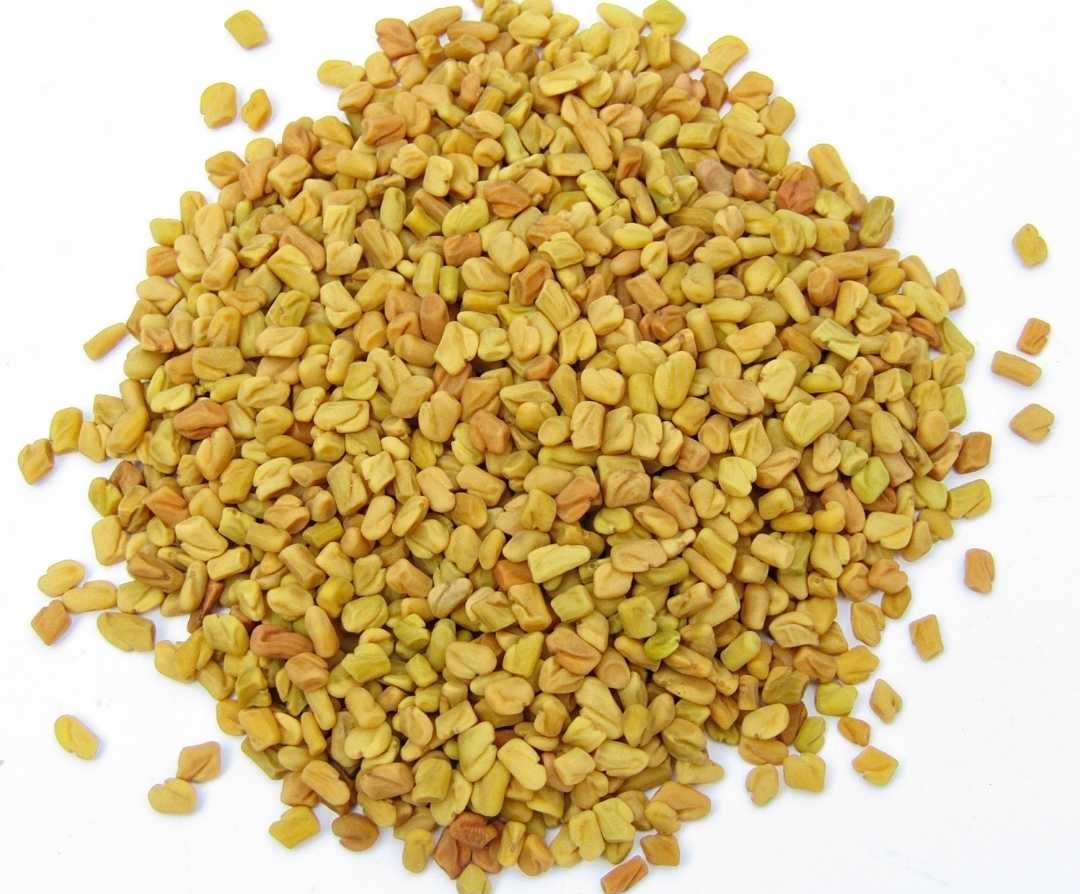
Fenugreek is the spice that gives Madras curry powder its distinct earthy, musky "curry" flavor and aroma. The seeds are yellowish in color and resemble tiny wheat kernels. Fenugreek leaves are also dried and used as a spice (commonly known as Kasuri Methi) and are what distinguishes butter chicken. Fenugreek seeds, like cloves, have a strong fragrance and should be used with caution. They are also used in traditional medicine and, strangely, in producing fake maple syrup.

Turmeric is yet another popular Indian spice. It is grown as a rhizome and can be used fresh (as ginger) or dried. It has a variety of health benefits and is commonly used in spice blends and curries. Fresh turmeric has a slightly stronger flavor than dried turmeric, and it stains easily, so be careful with your clothes and utensils when using it. It has a strong, earthy aroma, and I use it in small amounts to give my curries a beautiful golden color.

Saffron, the most expensive spice in the world, is actually more valuable by weight than gold because it is one of the most labor-intensive spices to produce. Saffron is the stigma of crocus flowers and must be hand-picked.
Saffron of the highest quality is dark-red in color and comes from Kashmir, Iran, or Spain. The deeper the color, the fresher the saffron. Saffron has a distinct flavor, with each person experiencing a different aspect of its fragrance. When I smell saffron, I always notice floral and honey notes.
Saffron is an intense spice that is usually dissolved in warm water or milk before being added to dishes.
Except for nutmeg, most spices are dry-roasted before being ground into spice mixes to release their essential oils. While some spices can be blended with a mortar and pestle, I usually recommend using a spice grinder or powerful blender to ensure your mixes are finely ground, especially because some spices, such as cassia bark, are difficult to blend down to a fine powder.
Amchur Restaurant & Bar is one of the popular Indian restaurants which provides not only Indian cuisines but also Nepalese and Oriental cuisines with a contemporary approach which are not only healthy but also immensely delicious to the customers who have visited and dined at the restaurant. Amchur Restaurant & Bar provides dine-in service along with takeaway and delivery service. If you like to try out the takeaway or delivery you can place an order by clicking here. You can also reserve a table for your family or friends by clicking here.
-
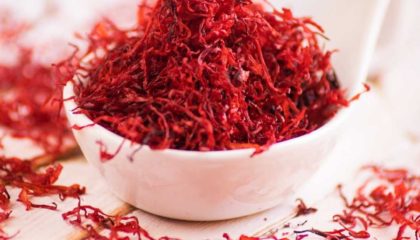 Read more +
August 1, 2022 By Amchur Restaurant in Spices
Read more +
August 1, 2022 By Amchur Restaurant in Spices
What is Saffron and its benefits?
-
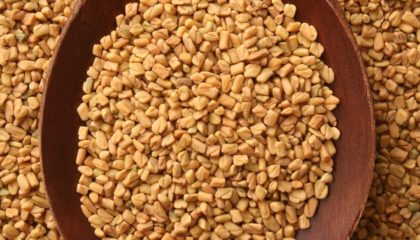 Read more +
July 25, 2022 By Amchur Restaurant in Spices
Read more +
July 25, 2022 By Amchur Restaurant in Spices
What are Fenugreek and its benefits?
-
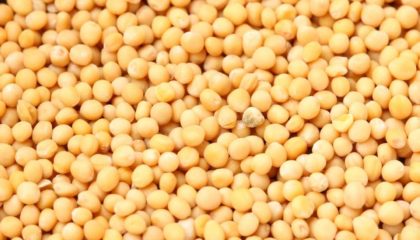 Read more +
July 21, 2022 By Amchur Restaurant in Spices
Read more +
July 21, 2022 By Amchur Restaurant in Spices
What are Mustard seeds and their benefits?
-
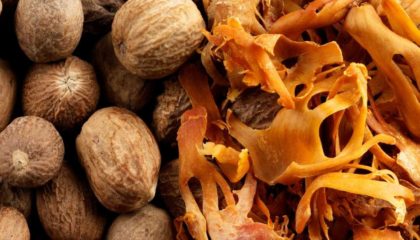 Read more +
July 18, 2022 By Amchur Restaurant in Spices
Read more +
July 18, 2022 By Amchur Restaurant in Spices
What are Nutmeg & Mace and its benefits?
-
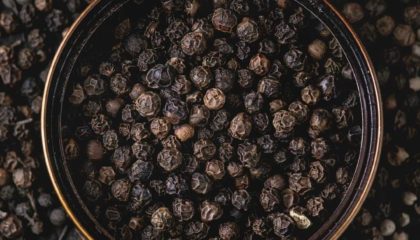 Read more +
July 14, 2022 By Amchur Restaurant in Spices
Read more +
July 14, 2022 By Amchur Restaurant in Spices
What are black pepper and its benefits?
-
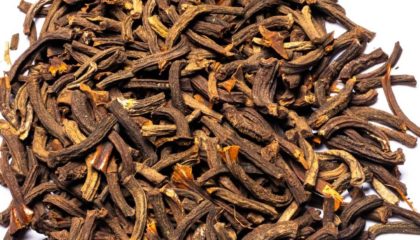 Read more +
July 11, 2022 By Amchur Restaurant in Spices
Read more +
July 11, 2022 By Amchur Restaurant in Spices
What are Cassia bark and its benefits?
-
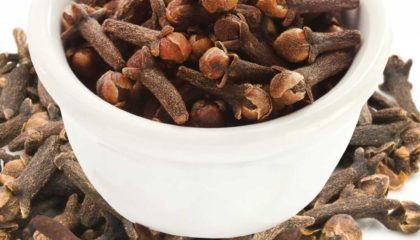 Read more +
July 7, 2022 By Amchur Restaurant in Spices
Read more +
July 7, 2022 By Amchur Restaurant in Spices
What are Clove and its benefits?
-
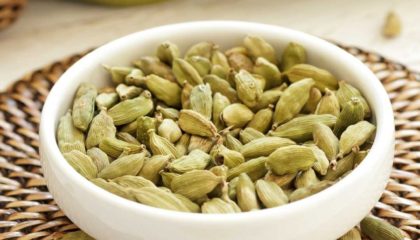 Read more +
July 4, 2022 By Amchur Restaurant in Spices
Read more +
July 4, 2022 By Amchur Restaurant in Spices
What are Cardamom and its benefits?
-
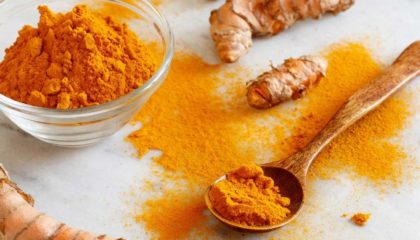 Read more +
June 27, 2022 By Amchur Restaurant in Spices
Read more +
June 27, 2022 By Amchur Restaurant in Spices
What is Turmeric and its benefits?
-
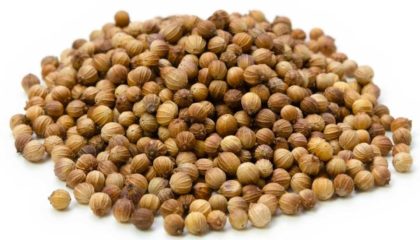 Read more +
June 24, 2022 By Amchur Restaurant in Spices
Read more +
June 24, 2022 By Amchur Restaurant in Spices
What Is Coriander and its benefits?

You must be logged in to post a comment.